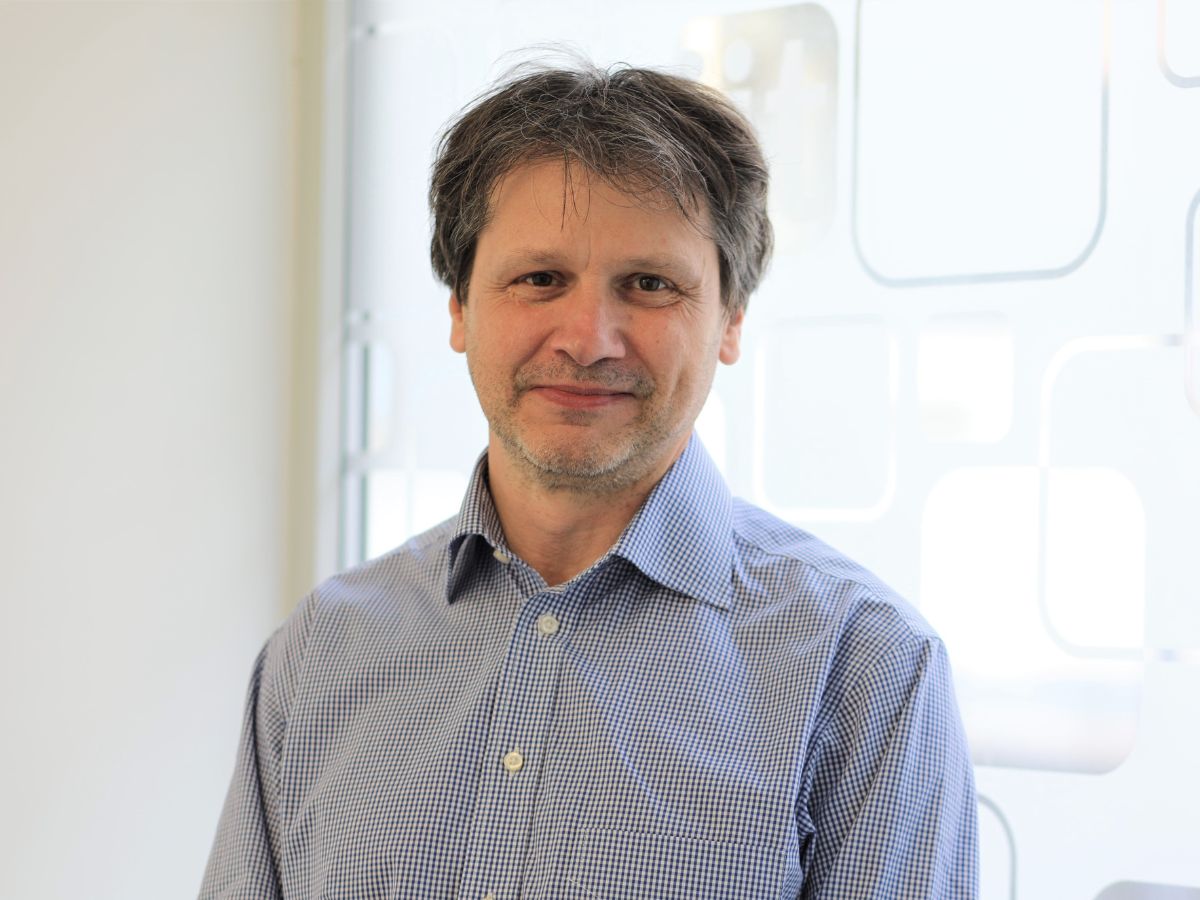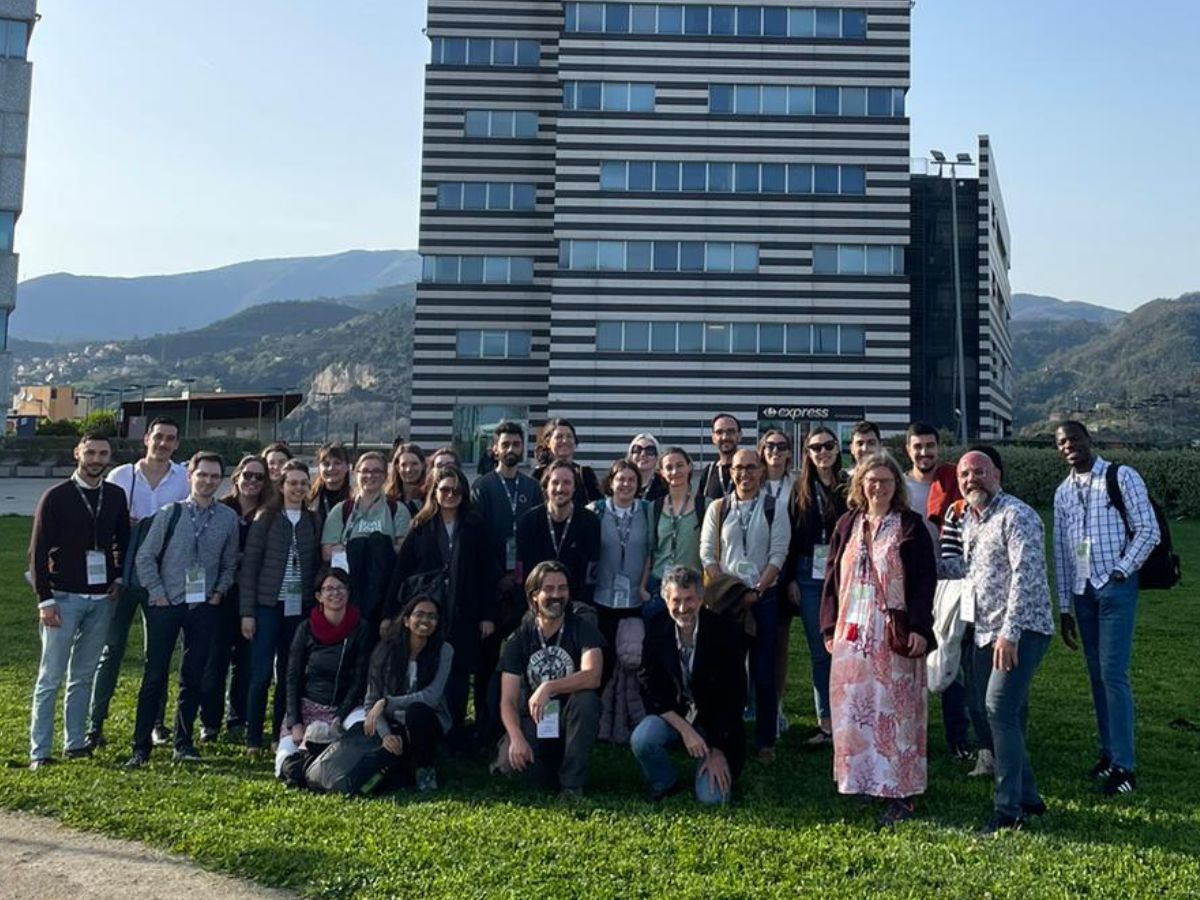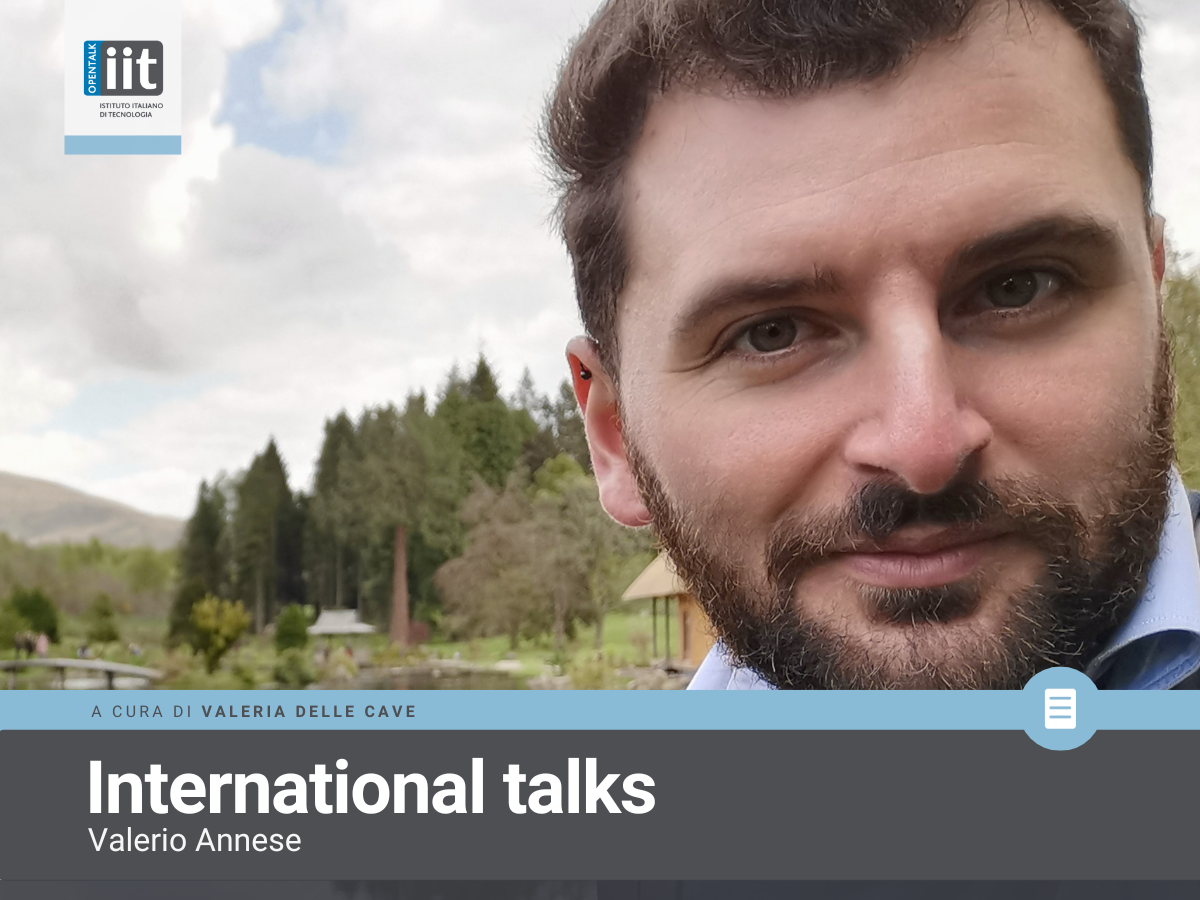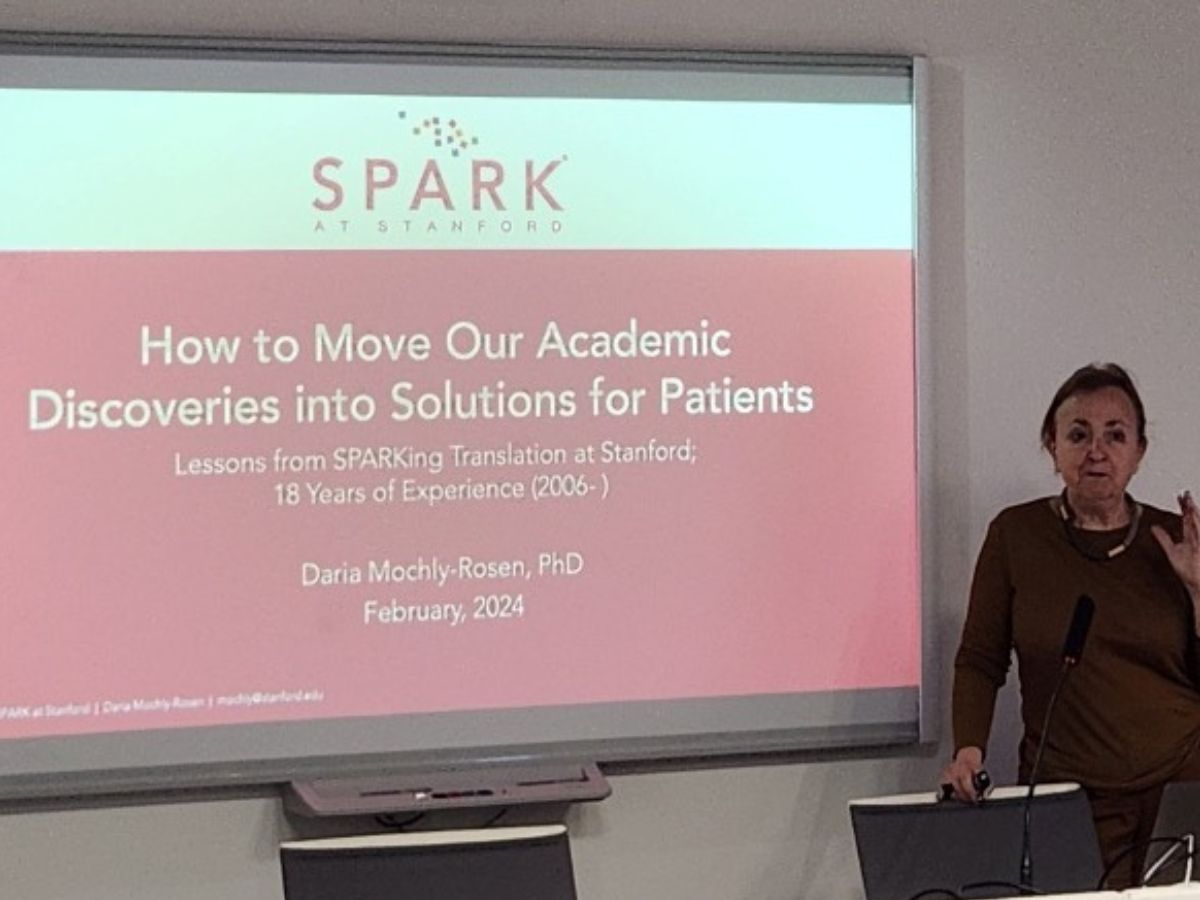Interview with Liberato Manna, Pi of the IIT Nanochemistry Research Line
The Nobel Prize in Chemistry awarded to Bawendi, Brus, and Ekimov is further recognition for nanotechnologies, which had already been acknowledged in 2016 with the award to Sauvage, Stoddart, and Feringa. Let’s not forget, although for different reasons, Feynman was the first to imagine the possibility of exploring and manipulating matter at the atomic level. Can we say that future chemistry will be able to work at those dimensions and even smaller?
Chemistry is a fascinating subject and is full of surprises. One aspect of future chemistry will undoubtedly involve the ability to build tiny objects, defined with atomic precision, capable of performing complex functions or possessing unique properties. In this regard, molecular machines are somewhat inspired by the mechanisms governing the functioning of living organisms. The quantum dots discovered and perfected by this year’s Nobel laureates are instead a demonstration of how, by progressively reducing the size of a material (in this case, a semiconductor) down to the nanometer scale (one billionth of a meter), its chemical and physical properties start becoming strongly related to its size. In the case of quantum dots, their most spectacular property is the color of the emission of light, which can be precisely tuned based on size. For certain materials, this variability occurs across the visible light spectrum, and indeed the so-called QLED TVs that some of us have at home contain quantum dots as active emitters. I can proudly say that my work has also contributed to the development of such applications. This tunable light emission is one of the clearest demonstrations of how material properties are governed by the laws of quantum mechanics. It is important to note that there are many other areas where manufacturing methods are approaching atomic-level control. In the latest generation microprocessors found in our computers and smartphones, the dimensions of the smallest “elements” are already of a few nanometers, and that’s clearly not the end of the story. The challenge will undoubtedly be to build even more complex, atomically defined structures, on a large scale and with a high level of reproducibility.
The motivation from the Royal Swedish Academy of Sciences clearly states that the Nobel Prize is awarded for the discovery and development of quantum dots. Can you explain why they have been so important for chemistry?
In the early 1980s, the groups of Brus and Ekimov have experimentally demonstrated that the optical properties of light emission and absorption by a semiconductor material are indeed dependent on its dimensions, when these are at the nanoscale. Bawendi’s group, in 1993, showed how these semiconductor “nanoparticles” can be grown in a mixture of molecules that are very similar to the surfactants (“soap” molecules) that we use at home, greatly facilitating the manufacturing process while enabling a level of control over the synthesis that was truly unique for that time. During the fabrication of these nanoparticles, which is carried out in a common chemistry lab, such molecules continuously attach and detach from the nanoparticles’ surface, ensuring the calibrated addition of atoms which are essentially the building blocks needed to grow these nanoparticles up to the desired size. These synthesis techniques were quickly extended to other materials in various research fields, including medicine and catalysis. Over the following decades our understanding of the laws governing material behavior at the nanoscale has deepened significantly, an advancement that has gone hand in hand with improvements in manufacturing techniques.
It’s noticeable that all three Nobel laureates work in the United States. In 2016, it was surprising that the Nobel Prize did not go to the Italian Vincenzo Balzani, also a pioneer in molecular machines. This year, could we have expected other names as well? Currently, which research groups are most engaged in this field?
Although the initial works of Ekimov were carried out in the former Soviet Union, we cannot deny that the United States have long been the place where cutting-edge research, both fundamental and applied, is concentrated, and where a virtuous circle involving universities, research centers, and industry, has long been established, and with that a critical mass of people and resources. Not surprisingly, the attractiveness of the United States for young talents is very high, and that is where I was trained in the early years of my career. Other names that could have been considered for this Nobel Prize? Certainly Paul Alivisatos, who was my mentor at UC Berkeley from 1999 to 2003 (himself a postdoc of Louis Brus in the early 1990s at Bell Labs). In Germany, Horst Weller at the University of Hamburg gave a vital contribution just when this field of research was emerging. Obviously, many other brilliant individuals come to mind as well. It is always challenging to draw a clear line. Currently, the number of research groups doing research on quantum dots worldwide has grown exponentially, and if I attempt to make a list, that list would be inevitably incomplete.
At IIT, you are involved in nano chemistry. Many of your works have focused on the self-assembly of new materials at the nanoscale, and more recently, you and your group have been devoted to identifying processes and materials for use in the field of energy. Which sector will benefit the most from the use of quantum dots and nanomaterials in general?
Back in 1999, when I started working at UC Berkeley in the group of Paul Alivisatos, we discovered that the types of molecules involved in controlling the growth of quantum dots were many more than those initially thought. For example, we found out that molecules present as impurities in those surfactants were extremely active. When we identified and characterized those molecules, we began to engineer them and dose them in the syntheses. We were soon able to modify the shape of these nanoparticles, from spheres to rods and even to more complex architectures. All of this was not done exclusively out of curiosity. “Quantum rods”, for example, emit linearly polarized light, and, differently from spherical quantum dots, the emitted light is less “reabsorbed” by other quantum rods, a feature that turns out to be useful in some specific applications, such as in solar concentrators and radiation detectors.
Since I set up my group in Italy, first at CNR (2003-2009) and then at IIT (from 2009 onwards), my research areas have expanded and diversified. Our points of strength, the scientific results for which we are known and valued by the international community, concern the study of the fundamental growth and reactivity mechanisms of materials at the nanoscale, although we do not neglect applications. The display sector is certainly one of our areas of application. For instance, my group recently developed, in collaboration with a startup based in UK, a prototype display with a wide color gamut exploiting perovskite quantum dots technology that we patented. The research on quantum dots and in general on nanomaterials is one of the cutting-edge activities at the Italian Institute of Technology and involves several groups in addition to mine.
To date, the most tangible applications of light-emitting quantum dots are undoubtedly in displays and biolabeling. Yet, we will soon witness widespread applications in areas such as solar concentrators, lasers, and ionizing radiation detection. A heavily pursued research direction, in which our group is also deeply involved, is the fabrication of quantum dots that emit light (or detect light) with high efficiency in the near-infrared range, using materials with low toxicity, for applications such as bio-diagnostics, facial recognition, night vision, and telecommunications. The ability to fabricate quantum dots of these materials uniformly and make them stable over time often requires complex and still poorly understood chemistry. Looking even further ahead, application fields will also include quantum cryptography and quantum computers.





